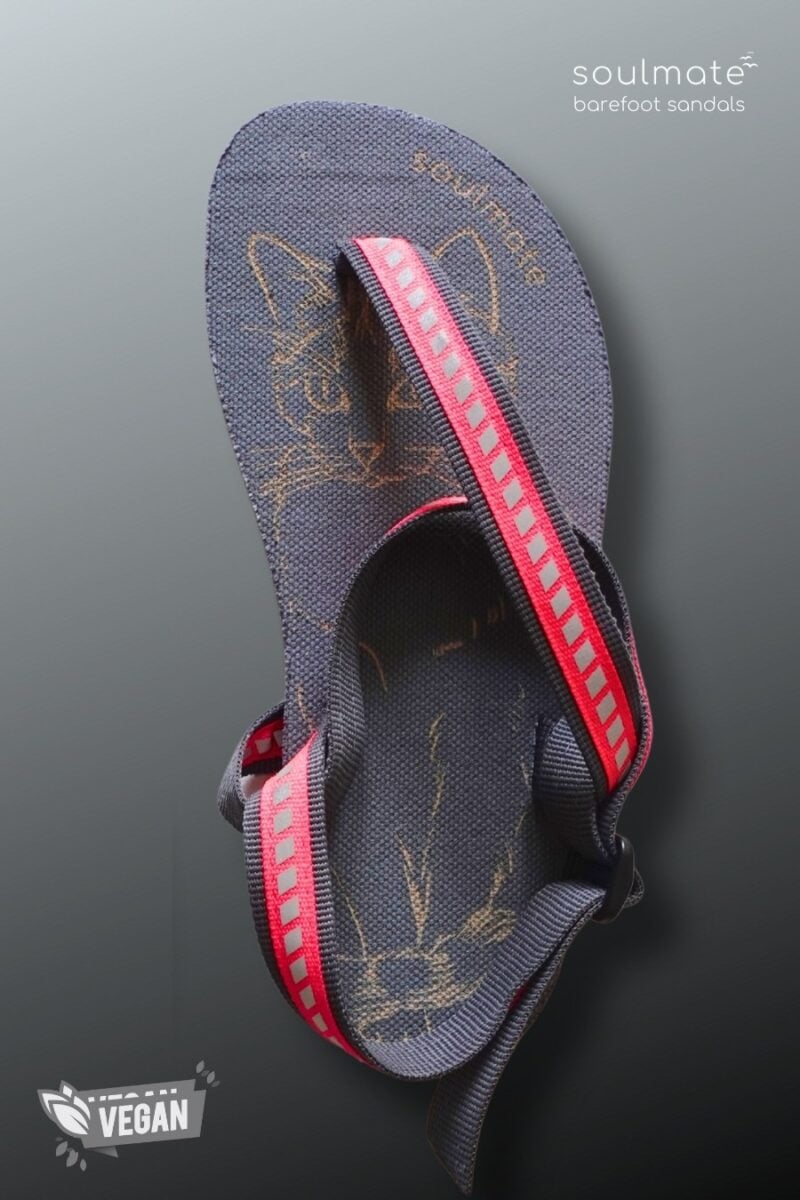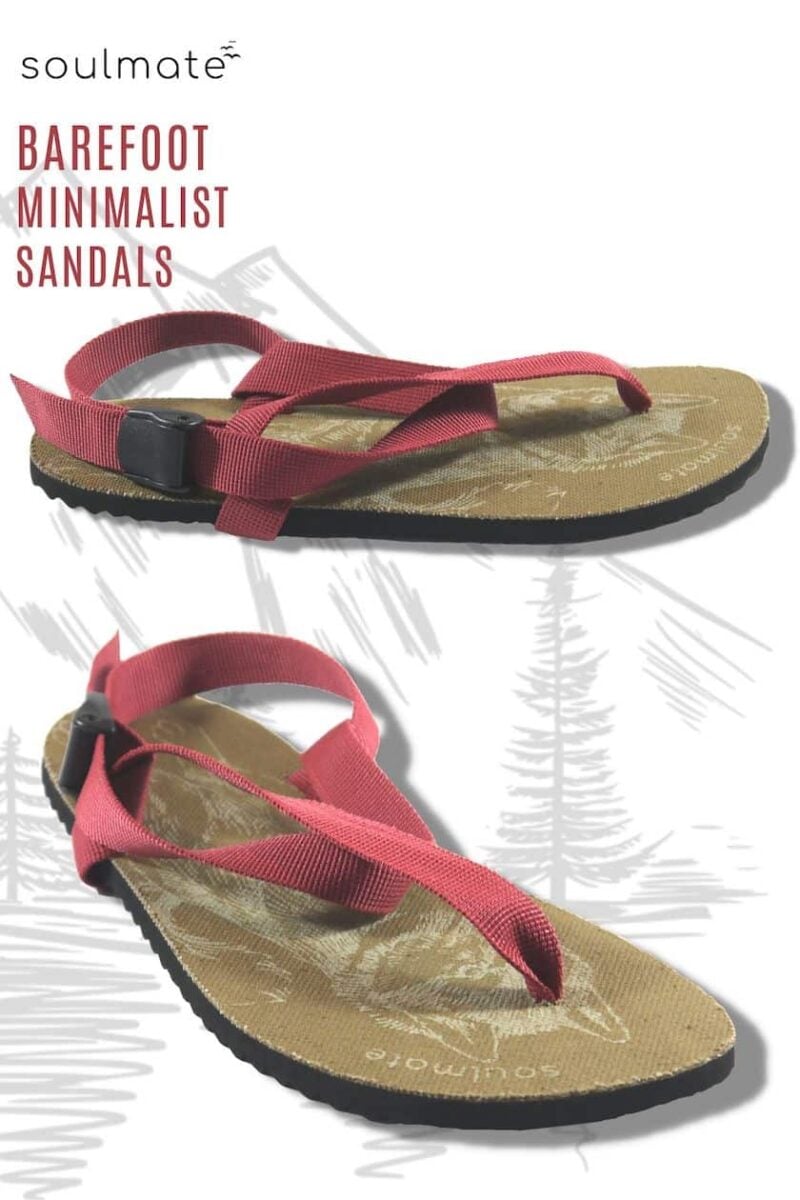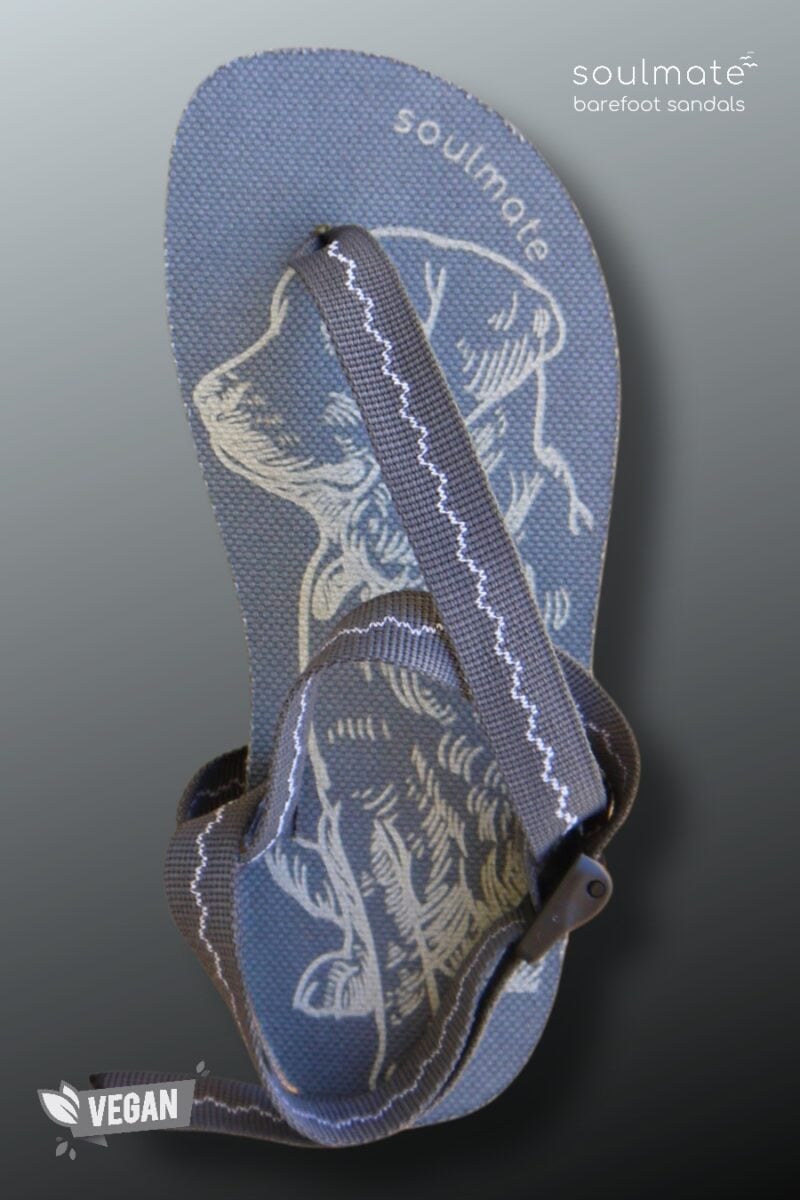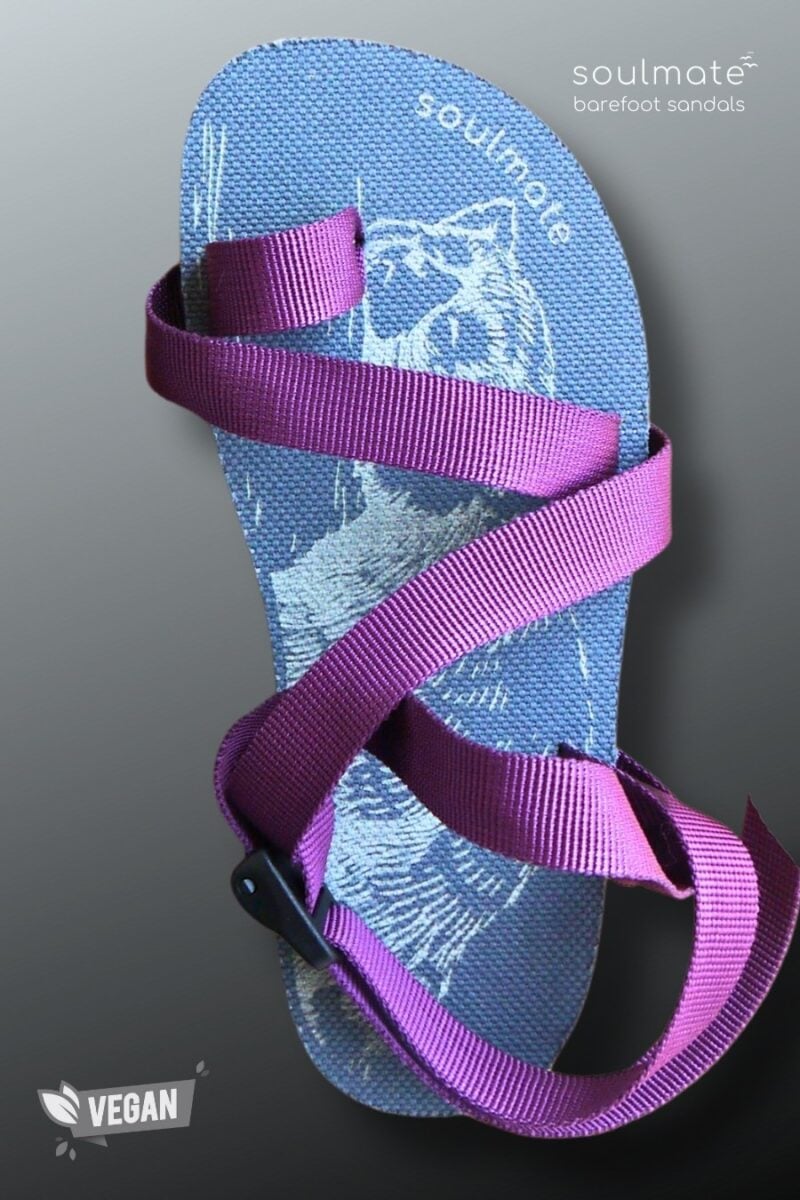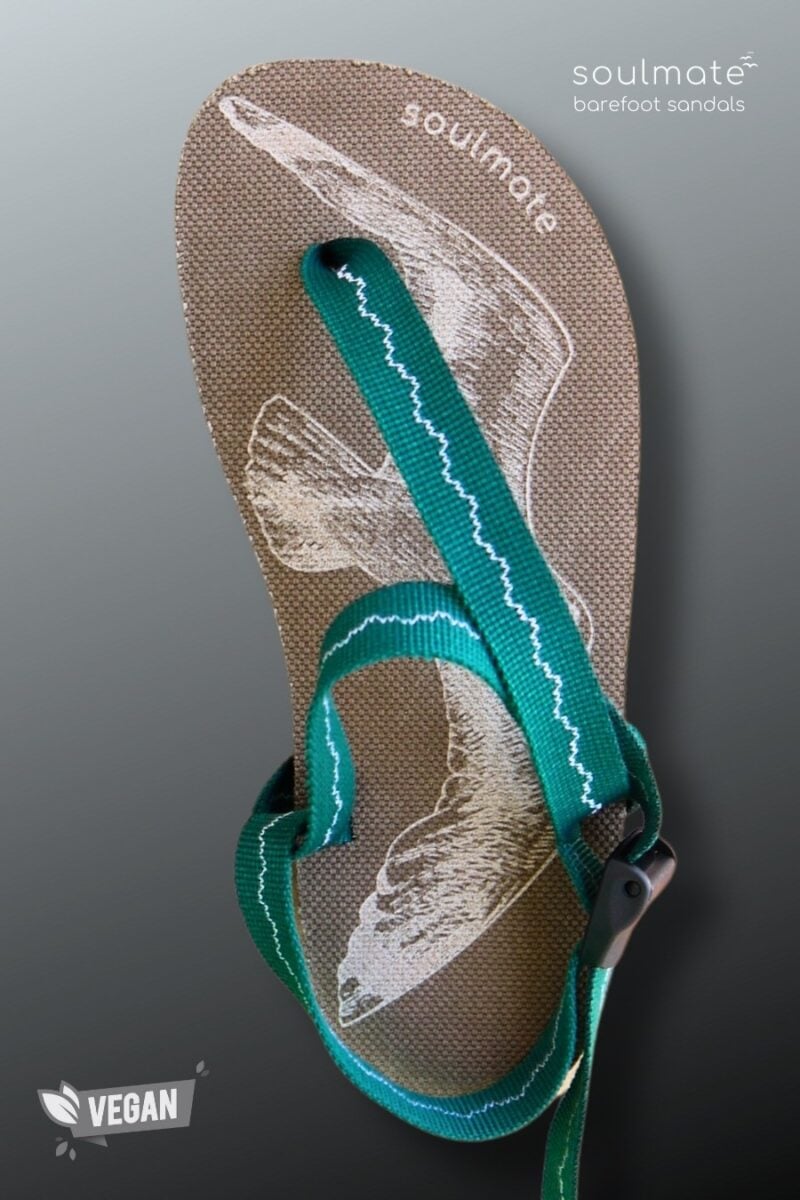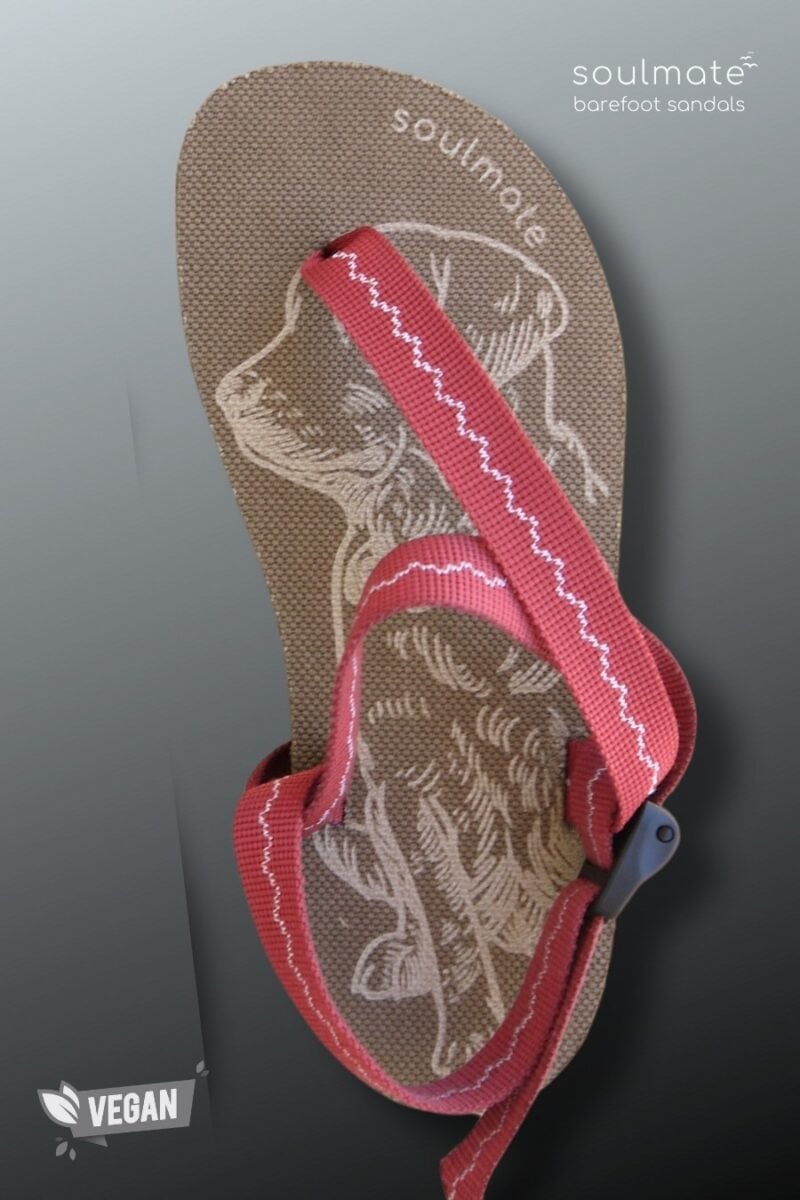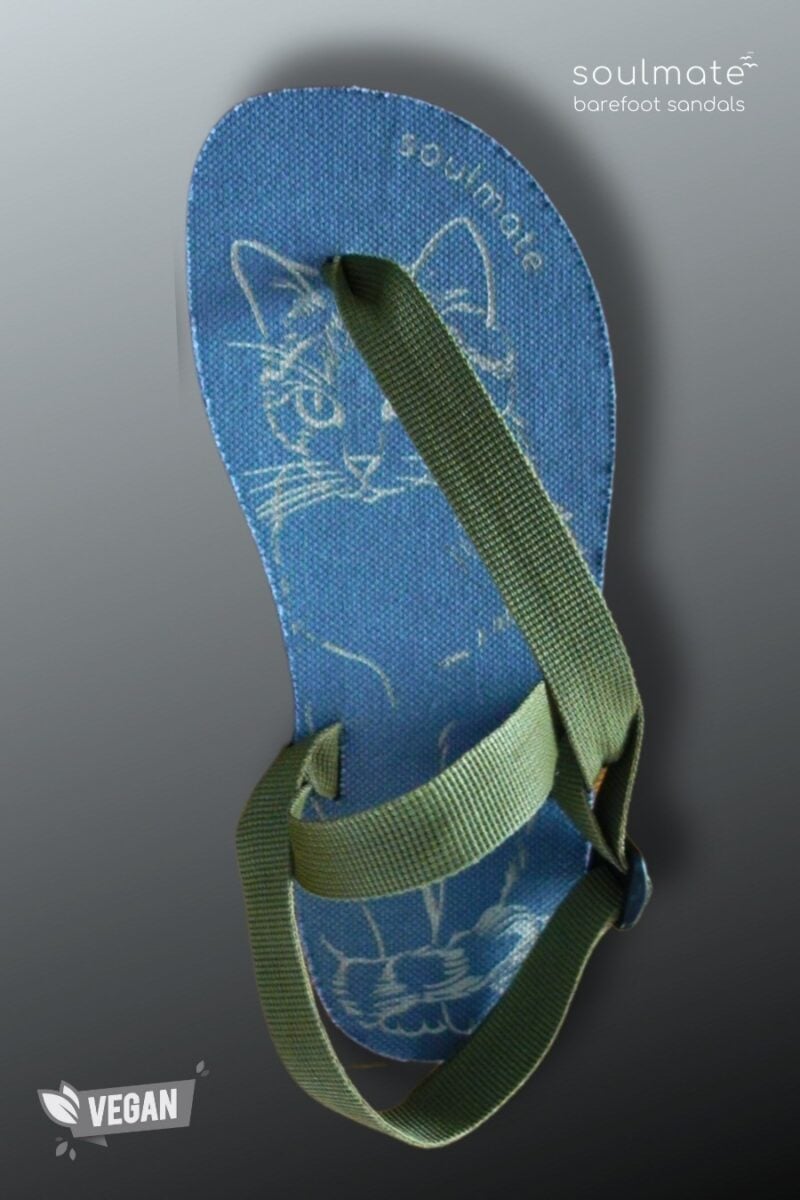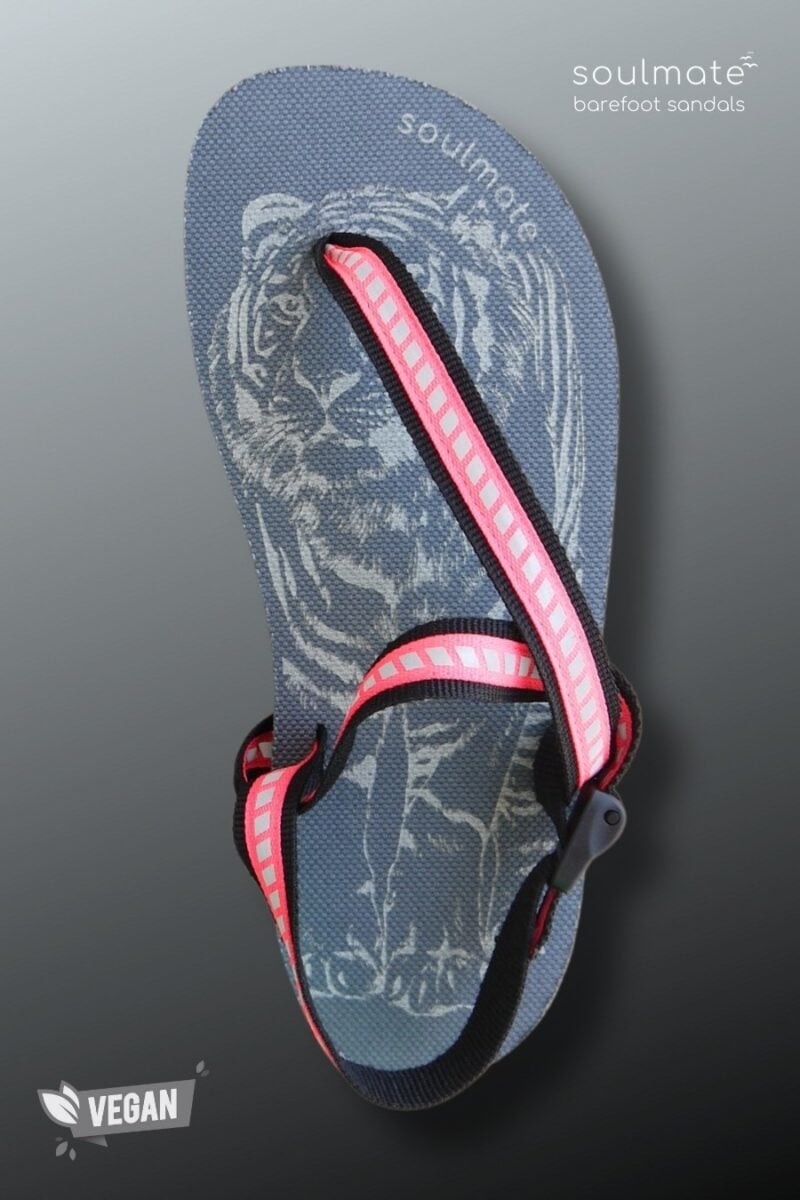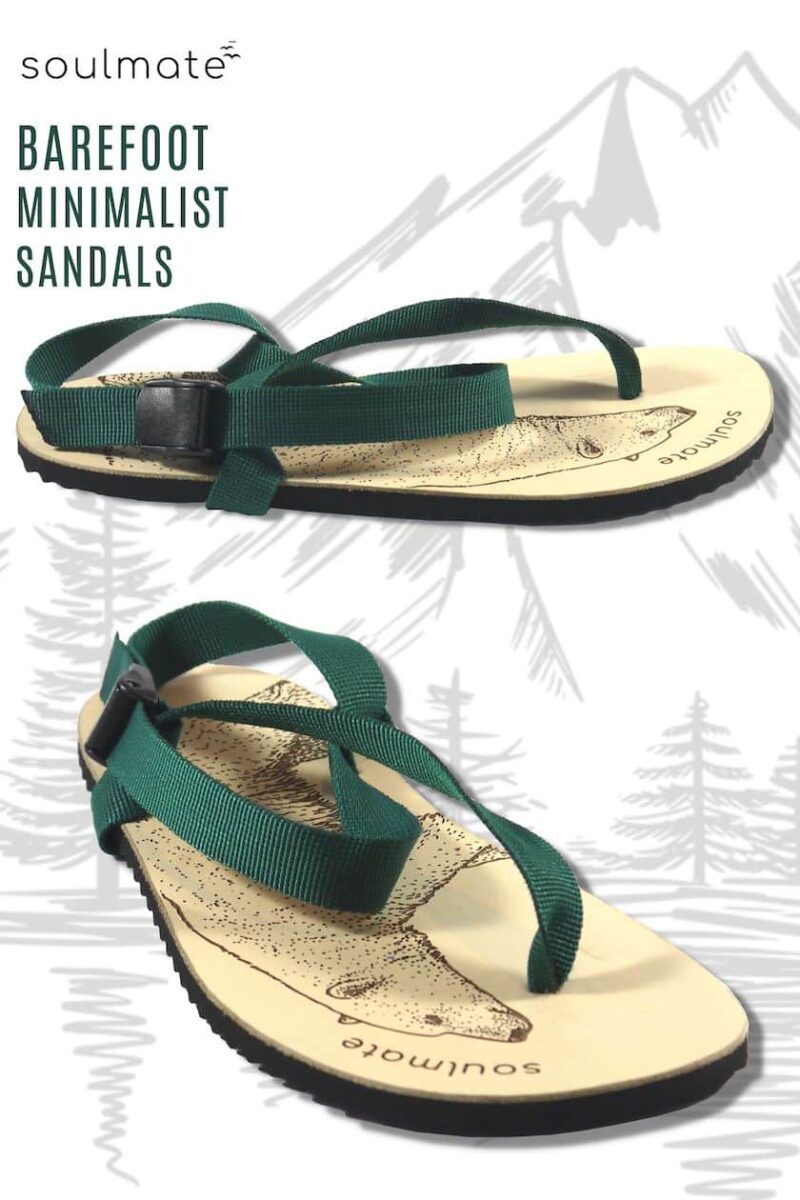A podiatrist is a medical professional trained in the diagnosis and treatment of foot and ankle health. Podiatrists diagnose and treat foot and ankle problems. They are considered competent to solve foot and ankle pain, deformities, injuries, infections, growth disorders and other foot health related issues.
Podiatrists recognize the benefits of walking without shoes, but recommend taking precautions to prevent injury. It is recommended to start walking without shoes for short periods and to allow the feet to get used to it over time. It is recommended to avoid certain surfaces and always wear shoes in dirty or unhygienic environments. It is recommended to seek professional advice when any problems arise.
Benefits of walking without shoes
Better balance and position: When you walk without shoes, your feet sense the ground more accurately, which improves your balance and position. This prevents falls and reduces the risk of injury.
Increased foot and ankle strength: Walking without shoes strengthens the muscles, tendons and ligaments in the foot and ankle. This reduces the risk of foot and ankle injuries and improves overall foot health.
Reducing the risk of certain injuries: Walking without shoes also reduces the risk of certain injuries such as stress fractures, plantar fasciitis and heel spurs.
Improving sensory feedback from their feet: Walking without shoes helps improve sensory feedback from their feet and helps prevent falls and reduce the risk of injury.
The dangers of walking without shoes
Increased risk of cuts, wounds and punctures: Walking without shoes increases the risk of cuts, sores and punctures on the feet, especially if you are walking on hard or dirty surfaces. Increased risk of infection in dirty or unhygienic environments: Walking without shoes in dirty or unhygienic environments increases the risk of infection.
Increased risk of callus or other foot conditions when walking barefoot: Walking without shoes may increase the risk of callus or other foot conditions, such as blisters or hairs.
Possibility of discomfort or pain in the feet and legs: Walking without shoes can cause discomfort or pain in the feet and legs, especially if you are not used to it.
Podiatrist recommendations
Many podiatrists recommend that walking without shoes is a healthy activity, but some precautions should be taken.
Podiatrists recommend starting with short periods of walking without shoes and allowing the feet to get used to it over time.
Podiatrists recommend that you avoid certain surfaces (e.g. gravel or rough concrete) when walking without shoes and always wear shoes in dirty or unhygienic environments.
He recommends that podiatrists consult with them whenever any problems arise.
Shoeless walking techniques and exercises
Finger raises and stretches: Finger raises and stretches are helpful to strengthen the muscles in your fingers and improve balance.
Exercises that work the leg muscles: Exercises that work the leg muscles strengthen the leg muscles and improve balance.
Balance exercises: Balance exercises improve balance and reduce the risk of falls.
Exercises that strengthen the sole muscles: Exercises that strengthen the sole muscles strengthen the foot muscles and improve balance.
Conclusion
Walking without shoes can have many foot and general health benefits, but it’s important to be cautious and take precautions to prevent injuries. Podiatrists recommend gradually incorporating barefoot into your exercise routine and seek professional advice if any problems arise.


 Türkçe
Türkçe Русский
Русский Deutsch
Deutsch
